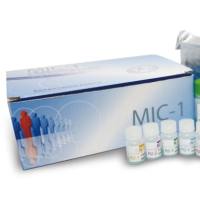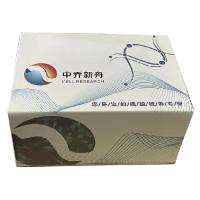Diagnosis of Mitochondrial Disorders Using the PCR
互联网
516
A large number of mitochondrial disorders have been associated with mutations in mitochondrial DNA (mtDNA) (1 –5 ). Disorders of mtDNA can be divided into three groups: large rearrangements of the mitochondrial genome, point mutations in transfer RNA (tRNA) or coding genes, and a reduction in mtDNA copy number. Only point mutations are currently diagnosed by polymerase chain reaction (PCR) methods. Rearrangements and mtDNA depletion require southern or dot blot analysis. Most pathogenic point mutations described so far can be easily screened using PCR-based methods. Diagnosis of mtDNA disorders is complicated by heteroplasmy, which is unique to this group of diseases. In a normal individual, all of the thousands of copies of mtDNA per cell are identical (homoplasmic). Pathogenic mutations are usually heteroplasmic: a mixture of mutant and wild-type mtDNA molecules coexisting in the same cell or organelle. In many cases the level of mutant in an affected tissue correlates well with disease severity. Ideally, a screening test to detect a pathogenic point mutation should not only identify the presence or absence of a pathogenic mutation, but also quantitate the level of the mutation compared to wild-type mtDNA. Point mutations that result in either a restriction site loss or gain can be identified by amplifying around the mtDNA region of interest and digesting the amplified fragment (e.g., Goto et al. [2 ]). However, the majority of point mutations do not result in the gain or loss of a restriction site.









